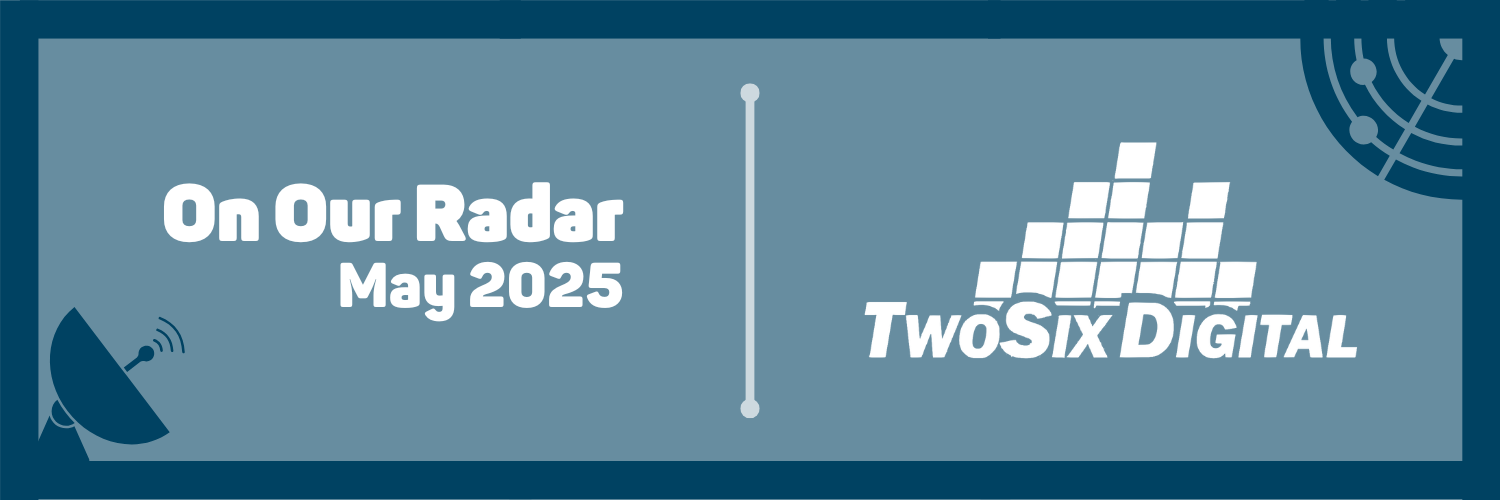
The TwoSix team is back and ready to share what’s On Our Radar for May so that you can stay ahead of the always-evolving digital marketing landscape. This month, the TwoSix team discusses AI search results, LinkedIn video, a new Instagram editing app, the power of positivity in your ads, and more! Keep reading to find out what we’re keeping On Our Radar for May 2025.
 Dave Serino
Dave Serino
Founder & Chief Strategist
It’s Time to Improve on Your AI Search Results
AI search via ChatGPT and Google’s Gemini lead the global AI search market with 78% of all traffic to AI search models, and it is forecasted that in 2027, 90% of internet searches will begin with an AI-related search query. We are now faced with the new challenge of AI Search Optimization to capture organic search queries.
To make your website content more appealing to AI-driven search engines, it’s essential to structure it in a way that’s easily digestible for these engines. This means organizing your niche travel content as clearly as possible on landing pages and blog posts.
The first step to success is leveraging past search terms and queries to identify and fulfill content gaps. Tools like UberSuggest, Google Autocomplete, Google Search Console, and AnswerThePublic can be used to uncover the most frequently searched questions related to your travel product experience.
Then, by focusing on the answers to those highly searched queries, aim to create a 40-60-word summary that would fit neatly into a featured snippet. Utilizing content in formats like FAQs, bullet points, listicles, and step-by-step guides is a great way to enhance your AI search optimization. This type of structuring not only helps AI understand the context of your content better but also aligns with how users search for information.
To help improve your process today, visit the link below to learn more via SEM Rush.
 Brian Matson
Brian Matson
Senior Director of Strategy & Education
Take LinkedIn to the Next Level with Video
LinkedIn has seen some impressive session and engagement growth to roll into 2025. This, of course, is nothing new because LinkedIn engagement has increased every quarter since 2018. The network continues to grow and also be engaged, which is a great indicator for DMOs to jump into the game. This is especially true in the meetings, conventions, and sports markets. One of the reasons for this growth is the priority being given to video content on the platform. Last year, they launched their short-form feed, and so far, it’s grown to be its best format type!
There are some nuances to LinkedIn video. You can’t simply upload to the feed like you can with Reels or TikTok. Your videos are “chosen” by the network from personal and company account feeds. They make the decision as to what is really seen. To get included in the feed, you need to make sure that your content is engaging and ticking all the boxes when it comes to formatting. To help creators do this, LinkedIn recently released a guide for posting video content on the platform. To get into the main feed, you’ll want to make sure you’re paying attention to the nuances.
A couple of things that stood out to me were that LinkedIn video has a maximum duration of 15 minutes and a minimum of 2 seconds. So, don’t be afraid to test your long-form skills when producing videos that contain testimonials, staff features, or tours. Those are themes that tend to do best for DMOs who are focused on group travel objections. Especially staff features!
Also, the safe space in the video is tight! Safe spaces are important so content isn’t obscured by the various buttons and captions. LinkedIn has one of the most restrictive I’ve seen!
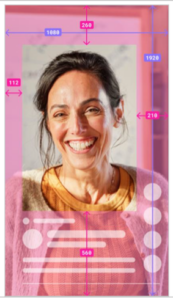
That’s a pretty tight spot to shoot for! Working within the safe zones is probably going to be one of the more challenging edits, but it’s worth the effort if you can get into to the coveted main feed for their short-form content.
Lastly, they specifically mention thumbnail usage on video uploads. You’ll not want to skip the step of creating a catchy thumbnail to draw attention to your video!
Be sure to check out all the requirements, play the game, and you’ll increase your chances of getting some real exposure in the prioritized LinkedIn vertical video feed. Give it a try and don’t hesitate to share your posts with us! We always love to see what DMOs are doing with their content and messaging. When you have some spare time, be sure to open LinkedIn and start swiping. There’s a surprising amount of quality content already being generated.
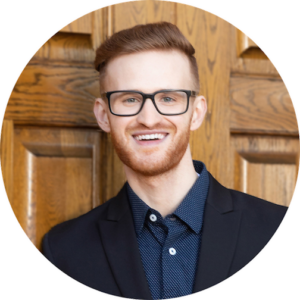 Nick Danowski
Nick Danowski
Lead Content Strategist
Get Those Clicks: What to Do About Google’s Search Features
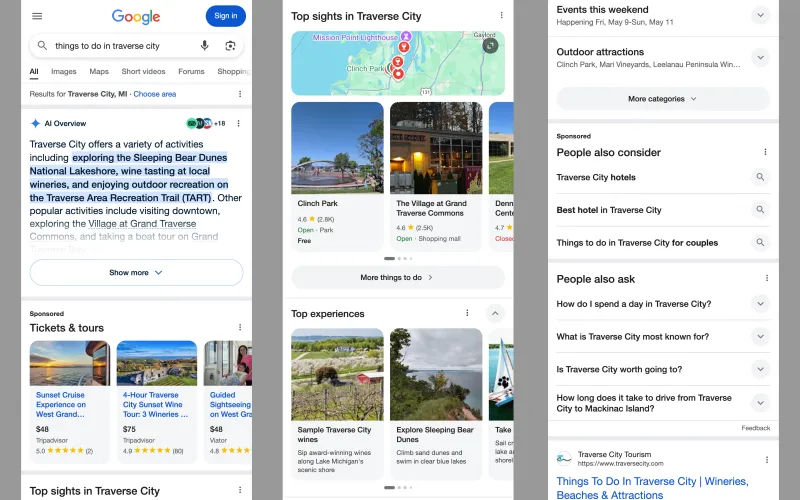
Search features in order: AI Overview, “Tickets & tours” ads, Local pack, top experiences, experimental “people also consider” searches, people also ask boxes, and, finally, the first organic search result.
If you’ve search on Google recently, you’ve probably seen a slew of search features. Search Features are separate from both organic blue links and paid search ads and typically aim to provide quick answers. Data from SEMRush in October 2024 showed that just 1.53% of Google search results appear without any search features. For travel-related searches, let’s face it: it’s gotten ridiculous. Depending on what Google wants to show you, you could have to scroll through 3-4 pages of search features before you reach the first organic result.

Search features in order: AI Overview, “Tickets & tours” ads, a paid search ad, Local pack, top experiences, experimental “people also consider” searches, people also ask boxes, and the first two organic search results.
We conducted two searches for “things to do in traverse city”. The second time I did the search, shown above, I got a paid search ad. Unfortunately, if you want any visibility, paid ads are really the only way to do so.
For our paid search campaigns, TwoSix Digital typically excludes keyword searches that you rank in the top spot for. For example, Visit Muskegon is the first organic search result for the search “muskegon hotels” — which is great! Why pay for something that you’re already #1 for?
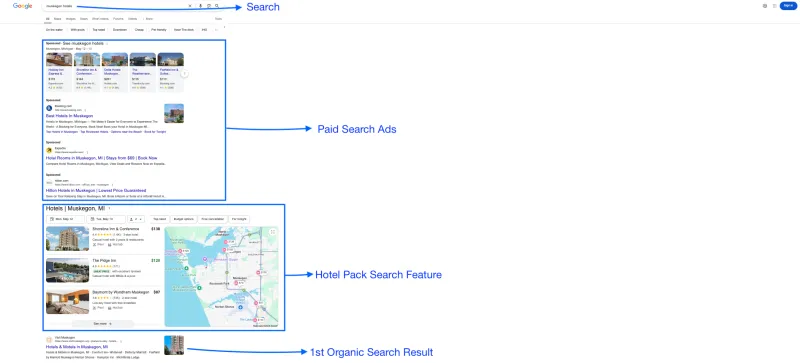
Example of a “Hotel Pack” search feature on Google.
But, in the last year or two, we’ve moved away from this approach for some keywords searches. Even a client ranks #1 organically for a keyword, if the results are heavily congested with search features, we will now pay for the keyword. There’s just too much going on with Google searches. If you want meaningful visibility, paid ads are necessary.
To wrap it up in a nice bow, if you’re concerned about decreasing web traffic from organic searches, you’re right to be — and a robust, aggressive paid search strategy is crucial cog in how to combat any declines.
 Scout Delicato
Scout Delicato
Lead Digital Advertising Strategist
Instagram Announces Roll Out of Editing App Similar to TikTok’s CapCut
Mark Zuckerberg announced last week that Meta will be launching AI profiles on both Facebook and Instagram. The profiles will be bots that simulate human users complete with bios, profile images, and the capacity for posting and engagement in the way real users do. This was presented as a remedy for the “epidemic of loneliness,” imagining AI companions as a means to plug the gap left by scarce human interaction.
Despite sounding like something out of a sci-fi movie, this is real, and for creators and advertisers alike, it represents something larger: Meta will be less social, and that leaves opportunity for another platform to fill the gap. Platforms that focus on real human connection might witness rising engagement, presenting advertisers a more genuine setting for their communications.
The trend towards AI-based content unlocks potential for new platforms that focus on genuine human engagement. Advertisers need to track and consider emerging social platforms that support this trend. We need to keep an eye on rising platforms, like BlueSky, or Threads. Adaptability will be key to success during the rise of AI we’re seeing today. The digital environment changes very fast. Companies that are flexible and quick to respond to these developments will have a better chance to reach their audiences.
In a world where AI is revolutionizing social platforms, advertisers have to balance the line between innovation and honesty to keep their audiences engaged, and brand trust worthy.
 Ashley Maddix
Ashley Maddix
Digital Advertising Strategist
Power of Positivity- Ads Edition
I’ve covered in the past how Pinterest is one of the only social media platforms that elicits a positive feeling in its users and how they are actively trying to keep the positivity going. Now, to follow it up, Pinterest has released how positivity impacts ads. A new study found that people were 20% more emotionally engaged with content they viewed as positive and the also spent an average of 15% more time looking at ads. People are more likely to purchase if they feel a sense of trust and safety followed by positivity. Creating that positive environment is crucial to a successful purchase on Pinterest. Keep all this in mind when creating your pins either for organic or ads purposes. We’re trying to invoke a positive emotional reaction and a sense of trust in these pins. If you’re in need of inspiration, Pinterest has you covered there too, they have their Pinterest Academy learning platform, where they’ve just added new courses. There’s also templates on Canva to get you started and when you decide to post your pin, check out what’s trending using Pinterest Trends to get in front of the right audience. That’s all for now, happy pinning!

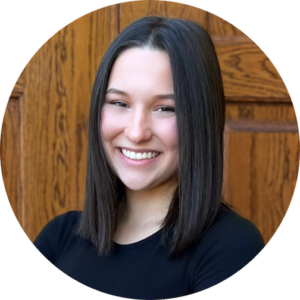 Makenna Schmitz
Makenna Schmitz
Director of Social & Email Marketing
Should You Add SMS to Your Email Marketing Strategy?
In email marketing, we’re all about maximizing touchpoints—and SMS might just be the next smart step for your strategy. Platforms like Mailchimp and Attentive are making it easier than ever to manage both SMS and email in one place, and the results are impressive: Mailchimp users saw up to 16.5x ROI after launching their first SMS campaign, while Attentive reports that subscribers who receive both SMS and email are 2.4x more likely to purchase than those receiving SMS alone. That’s a big impact!
So, how do you use this for destination marketing? Here’s the key… SMS isn’t just “email in shorter form.” It’s great for flash sales, event reminders, or maybe even weather alerts for destinations where people travel for things such as snowmobiling or skiing. While email, as we know, is better for telling the full story—like providing a weekend itinerary or highlighting new blogs and event listings. When combined (and used sparingly), these channels can complement each other well, letting you reach travelers where they’re most likely to engage at the right moment in their planning journey.
If you’re worried people aren’t going to want to give you their phone number and their email—I think you’d actually be pleasantly surprised. Let’s be real, not everyone will sign up to both your emails and your texts, but your chances for these extra touchpoints are pretty dang high! Attentive claims that 85% of consumers say when they sign up for an email program, they also sign up for SMS. Not a bad stat!
Curious if SMS might fit into your destination’s marketing strategy? Click below to contact us—I’d love to help you optimize your email marketing efforts!
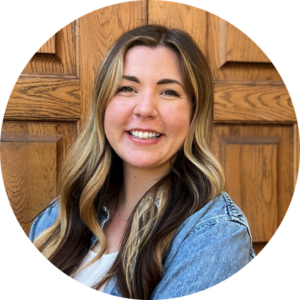 Emma Herrle
Emma Herrle
Digital Marketing Strategist
Google Ads Costs for Paid Clicks are Rising – Here's Why
Advertisers (including ourselves) have been seeing a noticeable climb in Google Ads’ costs per click, with the travel industry experiencing some of the sharpest increases.
According to Wordstream’s Annual Industry Benchmark Reports, the travel industry has had the 4th highest Compound Annual Growth Rate in CPC prices at 8.22%. Average costs have risen from $1.40 in 2021 to $1.93 in 2024. Unsurprisingly, we saw the sharpest increase of $0.29 between 2023 and 2024 alone.
While rising competition and inflation trends are often contributing factors, there’s a deeper behavioral shift that may be driving this trend: the way users engage with search is changing.
Often, a decrease in volume of clicks will result in more competition and higher costs. As users rely on AI-powered answers from Google’s own search experience or third-party tools like ChatGPT or Gemini, there’s less need to click through to a website to get information. In industries like travel, where users once clicked multiple links to research destinations, compare hotels, or discover attractions, AI summaries can now deliver a full itinerary suggestion in seconds. This decline in click volume means fewer ad impressions are converting into clicks, disrupting the supply and demand of the paid search ecosystem.
As a result, those clicks that do still come through to advertisers’ sites become more valuable and more competitive. This scarcity could be driving up prices as advertisers are being forced to bid higher to secure visibility. The equation is simple: lower click volume, but persistent or growing advertiser demand, equals higher CPCs.
To keep up with these changes, advertisers may want to pivot their strategies. Some may be putting more effort into organic search, optimizing their content to appear in AI overviews. This is also a great opportunity to refine paid search targeting, focusing on higher-intent keywords and tighter audience targeting, prioritizing value on those who are most likely to convert. It’s also a very important time to ensure you are building quality paid search ads. Google uses a “quality score” to determine the position and visibility of ads in search results. Ensuring your keyword targeting is highly relevant to the content you are promoting, your landing page provides an optimal user experience, and your ad copy is compelling and click-worthy are all factors that will help you to achieve a higher quality score, and ideally, outbid your competition.
As we continue to adjust to the evolving capabilities of AI to generate answers, it will be important to stay flexible and try different ways to reach your audience.
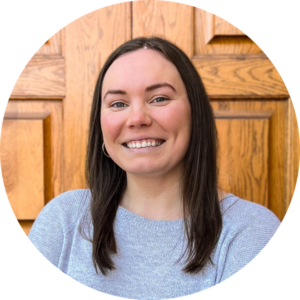 Sydney Van Hulle
Sydney Van Hulle
Digital Advertising Strategist
Life in the “Slow” Lane: Content Creation Edition
A livestream of moose crossing a river attracted millions of viewers.
Isn’t that neat? Over in Sweden, a 24-hour livestream was set up to show the annual Great Moose Migration. Users could pop in to see where the moose were on their journey. No music was utilized, only the sounds of nature. And that’s all there was to it! This “slow TV” program (a genre of “marathon” TV coverage of an ordinary event in its complete length) attracted the attention of millions of people. People wanted to see what happens during the migration and not just an abbreviated version of it.
So how does this relate to tourism marketing? Well, DMOs don’t necessarily have to set up a 24-hour livestream to show off what’s happening around their city—you can if you really want to try it out! But when it comes to marketing your destination and creating your new content, there’s no harm in slowing things down.
As a real-life example, I recently saw a video someone made about Mackinac Island. There weren’t any trending audios, quick cuts, fancy camerawork, or voice-overs used. All that was featured were the sounds of the island: horses clopping down the road, waves lapping up on the shore, fudge being made on the slabs, bikes on Main Street, etc. And after seeing that simple clip compilation, I wanted to plan my next weekend getaway! The sights and sounds had me hooked.
Slowing down and unwinding is something we all crave, whether it’s watching a 24-hour livestream of swimming moose or booking a vacation to escape the day-to-day. Videos of your destination don’t need to be fast-paced or overly produced to get people interested. Sometimes all it takes is for users to see how relaxing it could be for them to visit. Why not show ‘em the real, authentic experience?
With the ever-changing digital marketing world, we are here to keep you informed of new digital trends and what we are keeping on our radar each month. Have any questions? Contact us! We’re here to help.
Be sure to subscribe to our newsletter to receive monthly updates on trends and insights in the digital marketing and tourism industries straight to your inbox!
Click the buttons below to connect with us on social media and stay in the loop on all things TwoSix Digital.
